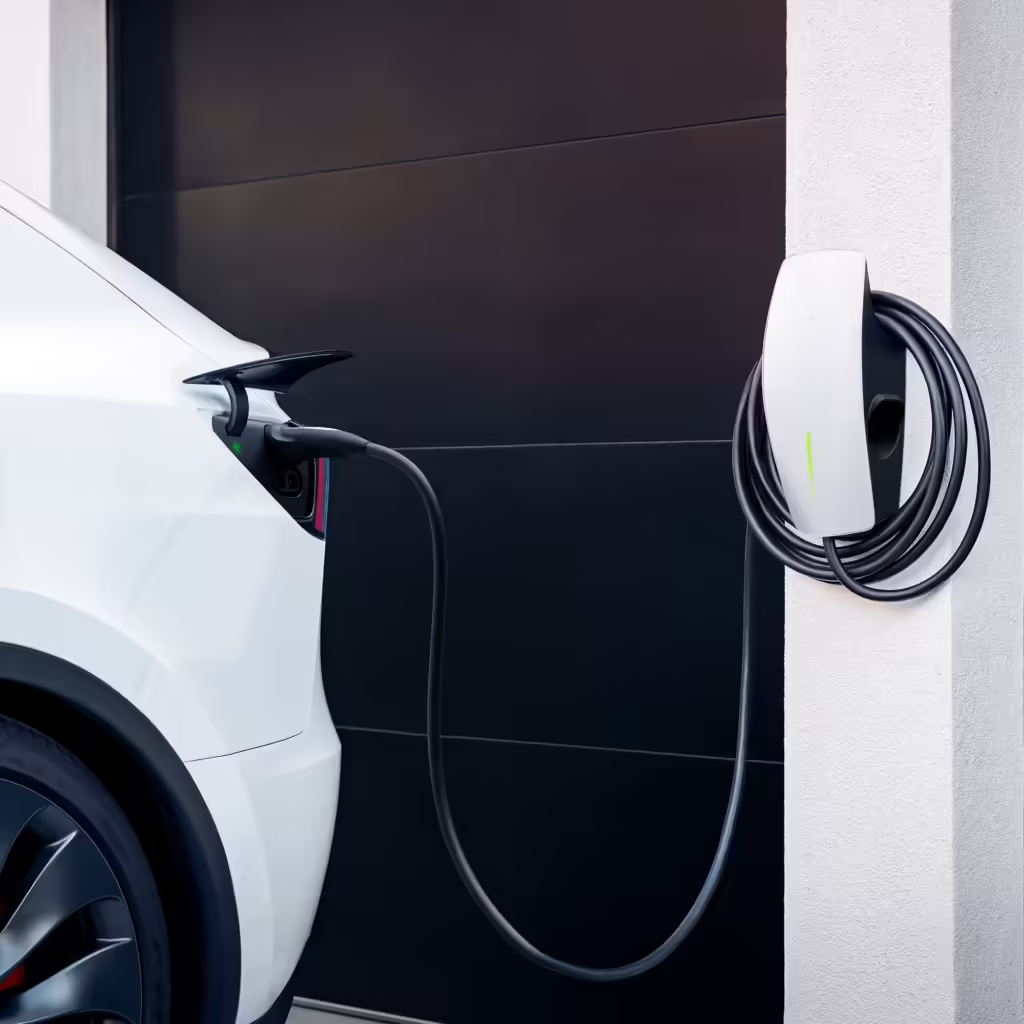Charging your EV is as simple as plugging it into the wall – the car will handle the rest.
The technology involved might seem complex, but it’s fairly simple. Understanding how EV charging works can extend your driving range, improve battery life and ensure your batteries are always topped up!
This is our ultimate guide to EV charging. It includes everything you need to know about AC and DC power, types of EV chargers, battery chemistry and the best EV chargers for your home.
Key Takeaways
- The Ocular LTE Plus or the Tesla Wall Connector are the best EV chargers for your home
- It costs about $12 to fully charge an EV at home in Queensland
- Avoid charging your batteries above 90% to extend their lifespan

Which EV Charger is Best for My Home?
We recommend one of two EV chargers for at-home charging:
- Ocular LTE Plus – The Ocular LTE Plus charges at speeds of up to 22 kW. It’s compatible with all EVs in Australia, including Teslas.
- Tesla Wall Connector – If you’ve purchased a Tesla, the Tesla Wall Connector is your best bet. The Tesla Wall Connector is compatible with most EVs.
EV Chargers must be installed by a qualified electrician. The job is relatively straightforward, but it may require additional wiring or switchboard upgrades. Contact your electrician for more information.
How Much Does it Cost to Charge an Electric Vehicle?
Electricity costs 30 cents per kWh in Queensland. Based on an average EV battery size of 40 kWh, it would cost $12 to charge your vehicle from 0-100%. Most of the time you’ll only charge your vehicle from 10-80%, costing about $8.40.
An EV with a 40 kWh battery has a range of up to 270 km. With the average Queenslander driving 12,000km per year, you would only need to charge your vehicle once per week. That’s just $620 per year!

The Four Levels of EV Charging
EVs can be charged using electricity from a common 240V wall outlet (like the ones found in your home).
Alternatively, you can use a dedicated EV charger in your home or at a public charging station. These EV chargers are divided into four levels:
| Max. Output | Type of Power | Charging Time | |
| Level 1 | 2.2 kW | AC | 12 hours |
| Level 2 | 7 kW | AC | 5 hours |
| Level 2.5 | 11-22 kW | AC (3-phase) | 2 hours |
| Level 3 | 25-350 kW | DC | Up to 1 hour |
Level 1 and Level 2 chargers use AC power and can be installed in your home. They provide a slow charging rate that’s useful if your EV is being charged overnight. These chargers are ideal for plug-in hybrids.
Level 2.5 chargers use AC power and can be installed in your home. They’re also common in commercial charging stations. Level 2.5 chargers require an upgrade to 3-phase electricity, which provides more power and can charge your EV faster.
Level 3 chargers use high-voltage DC power. They can charge your batteries from 0-100% in under an hour. These chargers are currently only available at public fast charging stations. Not all EVs are compatible with Level 3 charging.
What are kW and kWh?
EV charging speeds are measured in kilowatts (kW) or kilowatt-hours (kWh):
- A kW is a measurement of the amount of power an electrical device consumes while it’s in use. The higher the kW, the more power it’s consuming. For example, a split system air conditioner can use up to 3 kW when cooling your home. A Level 2 EV charger could use up to 7 kW of power when charging your vehicle.
- A kWh is a measurement of the amount of power that is used in a 1-hour period. For example, if an EV charger is using 2 kW of power, and you charge the vehicle for 1 hour, it has consumed 2 kWh of electricity.
You’ll often see the battery capacity of an EV measured in kWh. This is a simple way for manufacturers to communicate how much energy is stored within the vehicle.
A battery’s kWh rating is directly related to how far you’ll be able to drive an EV on a single charge. The higher the kWh, the further the driving range.
AC vs DC Charging Explained
Alternating Current (AC) and Direct Current (DC) electricity are both used for charging electric vehicles:
- AC charging is found in most homes and workplaces. This is the same type of electricity as your household appliances. AC charging provides up to 22 kW of power.
- DC charging is only found at commercial fast charging stations. It’s very high voltage and isn’t suitable for at-home use. DC charging provides up to 350 kW of power.
Why is DC Charging So Much Faster?
The first thing to understand is that your electric vehicle runs on DC power. This is because DC power can be stored in batteries, while AC power cannot.
The challenge lies in our main power grid, which uses AC power. That means we need to convert AC power into DC power any time we charge an EV. We do this using an electrical device called an ‘Inverter’.
Most electric vehicles contain an inverter that’s capable of transforming small amounts of AC power into DC power. This process is slow and inefficient, and it’s limited by the capacity of the inverter.
We can speed up the process by using an external inverter to transform the AC into DC current. Level 2 and Level 2.5 chargers have inverters built-in.
Using a larger inverter charges your vehicle faster. But this process is still inefficient, and it’s limited by the fact that at-home EV chargers are small devices.
The fastest way to charge an EV is with a DC charger. A DC charger provides DC power directly to your batteries, so no energy is wasted.
The other advantage of DC chargers is that they are designed for commercial use. They are compatible with high voltage inputs , and they contain large inverters that can transform lots of AC power quickly.
This results in DC chargers providing high voltage, high current charging, allowing us to charge an EV in less than an hour!
EV Battery Technology
When we talk about EV battery technology, we’re referring to the internal chemistry of the battery.
Not all EV batteries are the same. The type of battery directly affects charging time, driving range and the longevity of the battery.
There are two common types of batteries found in the current generation of EVs:
1. Li-Ion Batteries
Lithium-ion batteries are the most common type of battery found in EVs.
| Pros | Cons |
| • Lightweight • High energy density • Increased driving range • Excellent charging performance • Recyclable materials | • Shorter lifespan • Contains unsustainable materials, like cobalt • Less stable – more prone to fires when damaged or overcharged |
Most Li-ion batteries contain cobalt. Cobalt mining carries serious environmental and ethical concerns. It is generally considered an unsustainable way to transition the world to EV technology.
2. LiFePO4 Batteries
Lithium-iron-phosphate (LiFePO4) batteries are becoming increasingly common in the latest batch of low-price EVs.
| Pros | Cons |
| • Longer lifespan • Cheaper to produce • More stable – less risk of fire when damaged or overcharged • Does not contain cobalt | • Lower energy density • Decreased driving range • Heavier than Li-ion • Less recyclable than Li-ion |
Price is the main advantage of LiFePO4. Because they require fewer precious minerals, LiFePO4 batteries are cheaper to produce, so they’re enabling a new generation of low-cost EVs.
Should I Charge My EV Battery to 100%?
Most manufacturers recommend charging EV batteries to a maximum of 80-90% capacity. This can dramatically increase the lifespan of your vehicle’s battery.
| Manufacturer’s Recommended Charging Limits Australia’s Best-Selling EVs of 2024 | |
| Model | Recommended Charging Limit |
| Tesla Model Y and Model 3 (RWD) | 100% |
| Tesla Model Y and Model 3 (AWD) | 90% |
| BYD Atto 3, Seal and Dolphin | 100% |
| MG4 | 80% |
| Kia EV6 | 100% (once per month) |
Charging a battery to 100% may put strain on its internal components, causing the materials to degrade faster. Over time, this reduces your maximum battery capacity and driving range. The same is true if you drive your EV until the battery hits 0%.
Your EV contains a battery management system (BMS). The BMS automatically adjusts how quickly the battery is charging to extend its lifespan and prevent overcharging.
Get the Hang of EV Charging With Martel Electrical!
Charging an EV is simple. Plug it in and let the car do the rest!
But many new owners struggle to break old habits and learn how to manage their batteries. One of the simplest ways to get around this problem is to install an at-home charger.
At-home EV charging is the most affordable and convenient way to charge your car. The team at Martel Electrical is qualified to install your EV charger, so we can get your home ready for the future!
Martel Electrical can supply, install and maintain EV charging devices. If you’re unsure which charger to use, we’ve partnered with Ocular to supply Australia’s best EV charging solutions.
Alternatively, we can install a Tesla Wall Connector or any other charger that you purchase alongside your vehicle.
Contact us to learn more about EV charger installation in Brisbane!
